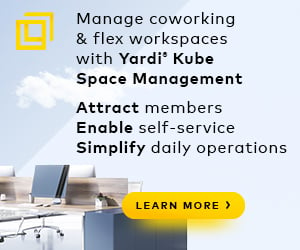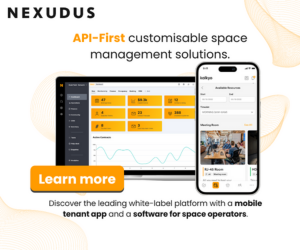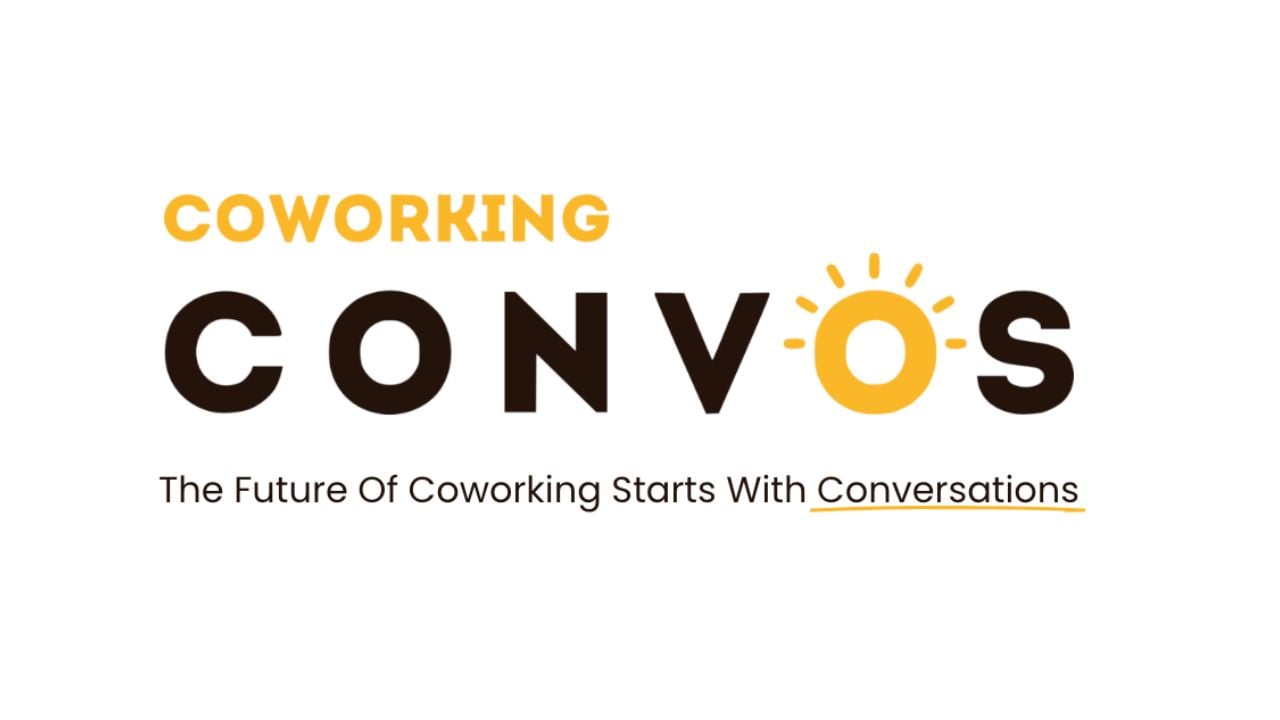- While diversity is an important outcome of DEI work, diversity without creating an inclusive culture with the integration of equitable practices is a wasted opportunity.
- Initiatives often have a focus on awareness, such as unconscious bias training, rather than a comprehensive evaluation of structures and policies that may be causing disparate impact on certain members of the employee population.
- The more organizations can learn about their people and their experiences and differences, the more that can be done to ensure diversity of lived experiences is present and to ensure that the culture is one of inclusion.
I recently had the opportunity to sit down with LaTonya Wilkins, an inclusive leadership expert, as well as the CEO of Change Coaches and the author of Leading Below the Surface. We had an engaging discussion about the current state of diversity, equity and inclusion (DEI) from a culture and leadership perspective and spoke about four specific barriers we are seeing.
Here are the four barriers, and how to navigate each one within organizations — even amidst the social justice and DEI backlash we’re experiencing.
1. Lack of strategy, focus, and operationalization
“Lightening in a bottle” and well-intended but disconnected DEI programs are not effective. Period. But well established and integrated values that aim to drive inclusive behavior and equitable outcomes have a better chance of making an impact.
During my conversation with Wilkins, we talked about how many of our clients don’t take the time to understand what DEI means to their organization — making any efforts around DEI performative.
Initiatives often have a focus on awareness, such as unconscious bias training, rather than a comprehensive evaluation of structures and policies that may be causing disparate impact on certain members of the employee population.
Overcoming this barrier requires the organization to:
- Be crystal clear on their values — beyond the buzzwords — and codify those values into every part of the way the business operates, makes decisions, and behaves.
- Strategically measure (by listening) where they are in relation to where they would like to go. Doing this across the organization and identifying perception gaps is especially important and will give clues into differing and diverse experiences across the organization.
- Involving all members within the organization to contribute to the identification of priorities.
- Measure, iterate, and repeat.
2. Gaps in commitment around behavior change
Having leaders throughout the organization that are deeply committed to the DEI and well-being of employees and are also doing the work to learn and un-learn when nobody is looking, is a crucial step to ensure your DEI strategy is sustainable. Many organizations are in a constant state of garnering commitment and presenting the “business case” around DEI without the deep commitment of the leadership team to do their own individual and collective work to change.
Overcoming this barrier requires the organization to:
- Stand firm in conviction around the values of the organization and ensuring that they are understood, not as a nice to have, option, or “side dish” to tolerate, but rather an integral part of the organization’s ethos and strategy.
- Develop a social contract with leaders to create clarity about what commitment looks like, how they are to champion the work, and accountability when leaders create a challenge around the integrity around the work (i.e., commit in the executive meeting and then explain to their team that they are not on-boarding, etc.).
3. Lack of structures around leadership development
“If leaders take, not just responsibility, but accountability, for their DEI efforts, we will see organizations make a difference on a deep, systemic level.” This was a powerful quote from a podcast episode with Reggie Butler, CEO of Performance Paradigm that outlines the importance of responsibility AND accountability of leaders
Leadership is another construct. Just like culture or DEI, it doesn’t have any meaning to an organization if you’re not crystal clear about the answer to this question:
What does good leadership look like at this organization? And also, what does bad leadership look like at this organization?
To create structures that ensure you’re hiring inclusive leaders, developing the right skills, holding them accountable to your DEI values, and nurturing a generation of next-generation leaders, organizations must double down on their value-systems and create leadership behaviors that go below the surface of technical management.
In Wilkin’s book, Leading Below the Surface — How to Build Real (and Psychologically Safe) Relationships with People Who Are Different from You, she recommends ways to overcome this barrier, including those mentioned below:
Overcoming this barrier requires the organization to:
- Challenge the dominant leadership standard and its influence on organizational and industry practices.
- Incorporate empathy and the ability to create psychological safety into leadership standards.
4. Diversity without inclusion and equity
Lastly, many organizations are focused on the diverse make-up of their teams. At its core, diversity means being composed of different elements or qualities. I like to supplement this definition to clarify that EVERYONE is diverse, but it’s not every time that we intentionally bring people together with diverse lived experiences to ensure representation.
This is because we often focus on the things we can see. Age, ethnicity, a visible different ability. And to truly ensure we are being “diverse” we must be intentional about learning about the diversity our team brings and intentionally include them in conversations where their voice needs to be heard.
One of my favorite quotes about diversity is “nothing about us, without us.”
While diversity is an important outcome of DEI work, diversity without creating an inclusive culture with the integration of equitable practices is a wasted opportunity. In fact, it equates to high levels of poor employee experiences, high turnover, increased levels of code-switching, and damaging levels of trauma to historically marginalized populations.
Let’s take an example that may be fresh on your mind given the recent Supreme Court ruling to overturn Affirmative Action across university and college admissions. Although it is of the utmost importance that we keep policies like Affirmative Action in play to disrupt a system that has disadvantaged marginalized populations, this does not guarantee that the culture of the university or college will be inclusive, welcoming, and safe for everyone.
Overcoming this barrier requires the organization to:
- Go beyond the letters “DEI.” Although each of these terms take on different meanings, they interact with each other. The more organizations can learn about their people and their experiences and differences, the more that can be done to ensure diversity of lived experiences is present and to ensure that the culture is one of inclusion versus exclusion and to ensure that we’re treating people fairly.
- Understand equity versus equality: To provide an equitable experience requires us to understand that everyone comes from different points and experiences. It’s also a realization that not everybody needs the SAME resources. Let me review an example with you: Many organizations are scrambling to understand what it will take to keep their talented team members through the shifting world of work, but it all comes down to this. The companies that will be able to attract and retain talent will be focused on equity and fairness versus equality. Which means: a more personalized and diverse employee experience with multiple options and increased empathy with leadership to learn and understand their team members on a human level so they can adequately allocate resources and parts of the workplace experience appropriately.
In closing, I want to acknowledge that we’re amid a movement against what we may commonly recognize as (DEI) diversity, equity, and inclusion efforts. It’s important that we acknowledge these four barriers ahead while grounding our energy and efforts in the places that will have the greatest impact on our organization and the lives and livelihoods who are contributing to our organization’s mission.

 Dr. Gleb Tsipursky – The Office Whisperer
Dr. Gleb Tsipursky – The Office Whisperer Cat Johnson – Coworking Marketing Maven
Cat Johnson – Coworking Marketing Maven Angela Howard – Culture Expert
Angela Howard – Culture Expert Drew Jones – Design & Innovation
Drew Jones – Design & Innovation Andrea Pirrotti-Dranchak – Competitive Advantage
Andrea Pirrotti-Dranchak – Competitive Advantage Jonathan Price – CRE & Flex Expert
Jonathan Price – CRE & Flex Expert Jeremy Fennema – Tech Innovation Alchemist
Jeremy Fennema – Tech Innovation Alchemist











